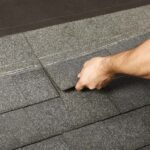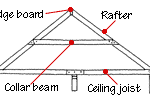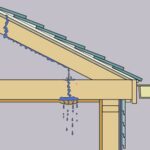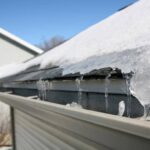Expert advice on how to install or replace a roof, with important “dos and don’ts” about proper roofing installation.
Did heavy winter rains leave you wishing you had replaced your roof last summer? Few things are more unsettling than the drip, drip, drip of a roof leak—and the soggy, stained ceilings that are a sure result. Dry, sunny weather brings you the ideal opportunity to make a preemptive strike against future downpours. This is the time to replace your roof.
If you haven’t replaced a roof before, you’re likely to have a number of questions. What type of preparation is required? What material should you use? How do you find the right roofing contractor?
Following are a few important “dos and don’ts” to guide you through the project:
1Don’t replace your roof if it doesn’t really need replacement. If you can give your roof two or three more years of life with simple repairs, you may as well delay the expense. Then again, if you think repairs won’t solve the problem and may drop you back into the drip-drip syndrome next winter, don’t postpone the inevitable. An asphalt-fiberglass roof is over the hill when the shingles are brittle and worn on the surface.
2Do explore your options. Don’t just settle for the easiest or most obvious choices of materials. Though conventional asphalt/fiberglass (“composition”) roofing is by far the most commonly used material, other options are available, including tile, concrete-masonry, and metal roofing.
3Don’t add a layer of roofing on top of your existing roofing without checking your roof’s structure and condition, understanding the requirements of the new material, and consulting with your local building department. Though you can often add a second layer of asphalt-shingles directly on top of one existing layer, additional layers will add significantly to the weight of your roof. The structure must be able to handle the weight.
4Do be sure your roof is applied over the type of surface recommended by the manufacturer. Some materials, such as asphalt/fiberglass shingles and tile, should be applied over a base of solid sheathing such as plywood. Others, such as wood shingles, require open sheathing (spaced boards) so the surface material can “breathe.”
5Do ask your contractor, before old roofing material is torn off, to protect your house and yard. Have the crew lean plywood sheets against windows and doors and over the tops of tender shrubs and plantings. Be sure debris is hauled away promptly.
6Do coordinate new gutters and downspouts with the roofing installation. The best types of gutters are those that are integrated into the roofing system.
7Do install any new skylights before your new roofing is applied. Proper flashing is critical to ensuring that a skylight won’t leak, and it’s best to install the flashing during roof installation.
8Do shop around for a contractor and solicit bids from at least three.
Featured Resource: Find a Pre-Screened Local Roofing Contractor



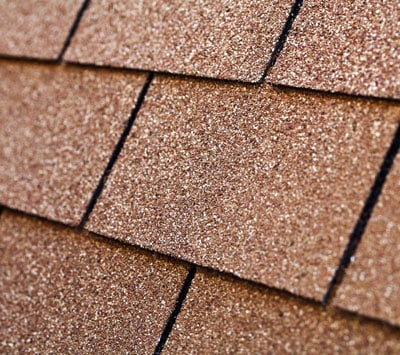



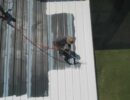
 Don Vandervort writes or edits every article at HomeTips. Don has:
Don Vandervort writes or edits every article at HomeTips. Don has:
